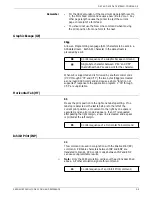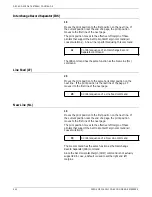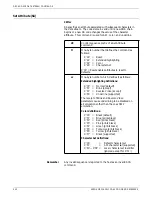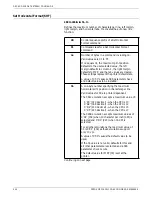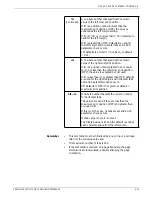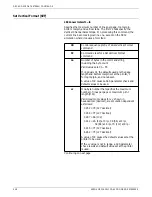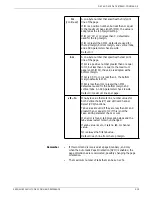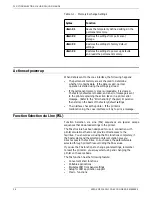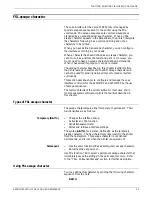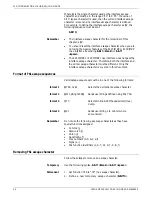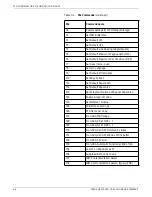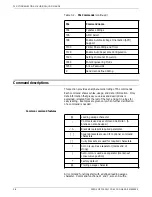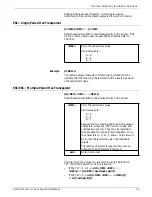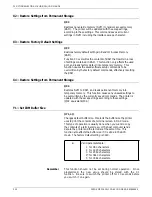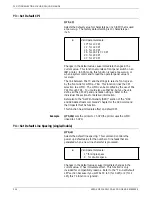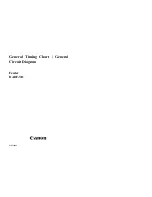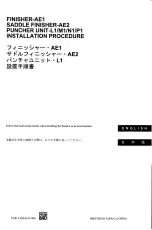
3.
Function Selection via Line
(FSL) commands
This chapter describes the Function Selection via Line (FSL)
commands. FSL sequences are special escape sequences which
download settings to the printer. The command allows you to
set up default interfaces or change default settings. FSL
commands access the value-added features (like duplex
emulation, paper tray selections, etc.) of the Xerox MRP Family
coax printers.
When your settings are downloaded to the temporary memory
area by means of the FSL functions, you can save the settings for
future use. This is done by saving the contents of the temporary
memory in the permanent memory. Once they are saved, the
interface will read the settings each time power is turned on, or
when a special command in the data stream requests it. This
chapter shows you how.
Setting levels
FSL parameter values are stored in nonvolatile memory (NVM).
Once set, the parameters can also be saved in permanent
memory by using FSL commands.
Three levels of hierarchies exist in the coax interface at any time:
•
The factory default area
•
The permanent memory area
•
The temporary memory area.
The settings stored in the temporary memory are the highest
priority. When the coax interface operates, it always checks the
temporary memory to determine the appropriate values.
When settings are restored to factory default, the permanent
memory and the temporary memory are cleared and the
permanent memory is set to factory defaults.
Storing and reading settings
Table 3-1 shows the commands that allow you to store new
settings, override the temporarily defined settings by clearing
temporary memory, or restore the settings to factory defaults.
XEROX MRP FAMILY COAX COMMAND REFERENCE
3-1

